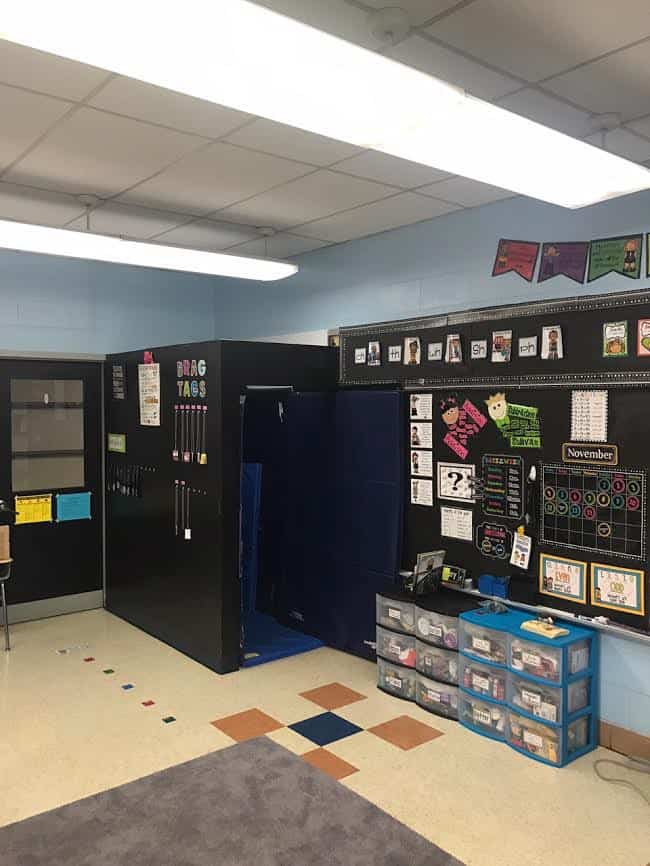
Scott Reiss wants transparency, proper area at elementary school

In mid-October, an 8-year old Whitehall Elementary School student went home talking about how he was placed in a room akin to a jail cell. After seeing the room for himself, Scott Reiss, the student’s father, believes that description is generous. He described it as “solitary confinement.”
The student’s name will be omitted at the request of Reiss.
“This space is utilized when autistic students and students with behavior disabilities are experiencing high-level emotional breakdowns that involve lashing out at staff and other students in possible ways that may injure themselves or others,” Superintendent of Schools Dr. Richard Perry said. “They are not locked into a room and there is always an adult who stands right next to them.”
The seclusion room is roughly three feet wide by five feet long with no ceiling. The walls are lined with gym mats.
For Reiss, the problem doesn’t lie in the concept of the room, it lies in the transparency of the school district and the quality of the seclusion space in general. Reiss, whose son has an Individualized Education Program, had a meeting with the IEP team on Oct. 24. He brought along his son’s therapist.
“We addressed it [the seclusion room] at the IEP meeting to the case manager and teacher,” Reiss said. “We’re willing to help and not cause a problem. We had examples of an appropriate seclusion room, the room they have set up does not follow the New Jersey law.”
Reiss added teachers are supposed to tell parents when their child is placed in the seclusion room. He said he was never contacted by the school the day his son was placed in the seclusion room.
The law, which passed at the end of Gov. Christie’s term, states “A seclusion technique is used on a student with disabilities in an emergency in which the student is exhibiting behavior that places the student or others in immediate physical danger.”
It continues, “Each incident in which a seclusion technique is used is documented in writing in sufficient detail to enable the staff to understand the student’s behavior over time and use this information to develop or improve the behavior intervention plan at the next Individualized Education Program meeting.”
Perry said the space has been in Whitehall for over 10 years, and that parents are aware that this space exists via back to school nights, tours of the school and it is written into IEPs with parental consent. He added parents are notified when the space is used.
Reiss said he or the child’s mother has been to every back to school night and they hadn’t seen it then. He said other parents he spoke with weren’t aware of it either. Reiss said he first saw the seclusion area during a meeting with the teacher.
Reiss, who had taken pictures of the seclusion space at a prior meeting, posted the pictures on his Facebook page on Nov. 13 at 6:57 p.m. At the time of publication, the post has been shared by more than 400 people.
“All I want is a proper place for the kids to go if they’re having a meltdown or need to be away from other kids,” Reiss said. “We believe in a seclusion area, but it needs to follow the state law. I want a proper seclusion area, not a mat-lined prison. It’s lined with these old gym pads that I was told were at least 10 years old. These gym pads are bacteria sponges, that’s not sanitary.”
He added he wouldn’t be opposed to helping the school raise funds for a proper seclusion room. Reiss said cares about the kids and wants them to have their voice heard.
“Children need a voice, especially when they’re not being treated fairly. Any child placed in that seclusion room isn’t being treated fair. I’m not trying to cause trouble or anything, these kids need an appropriate place to go and they don’t have it,” he said.
Perry said he has taken all of this into consideration, stating “We are suspending the use of this space and investigating other adaptive space needs that may appear to be more open with objects, such as bean bag chairs, that may offer more of a supportive effect.”


